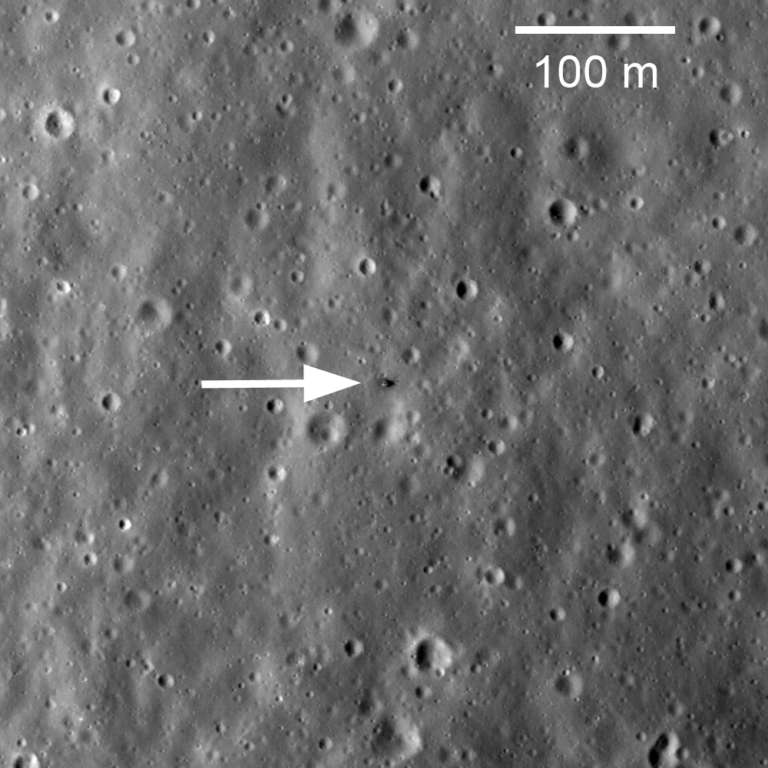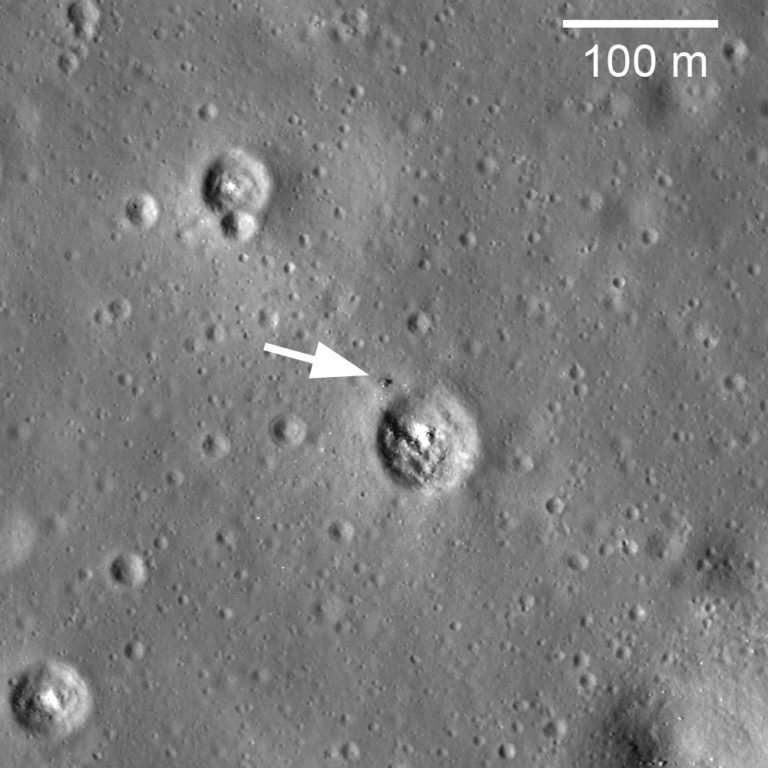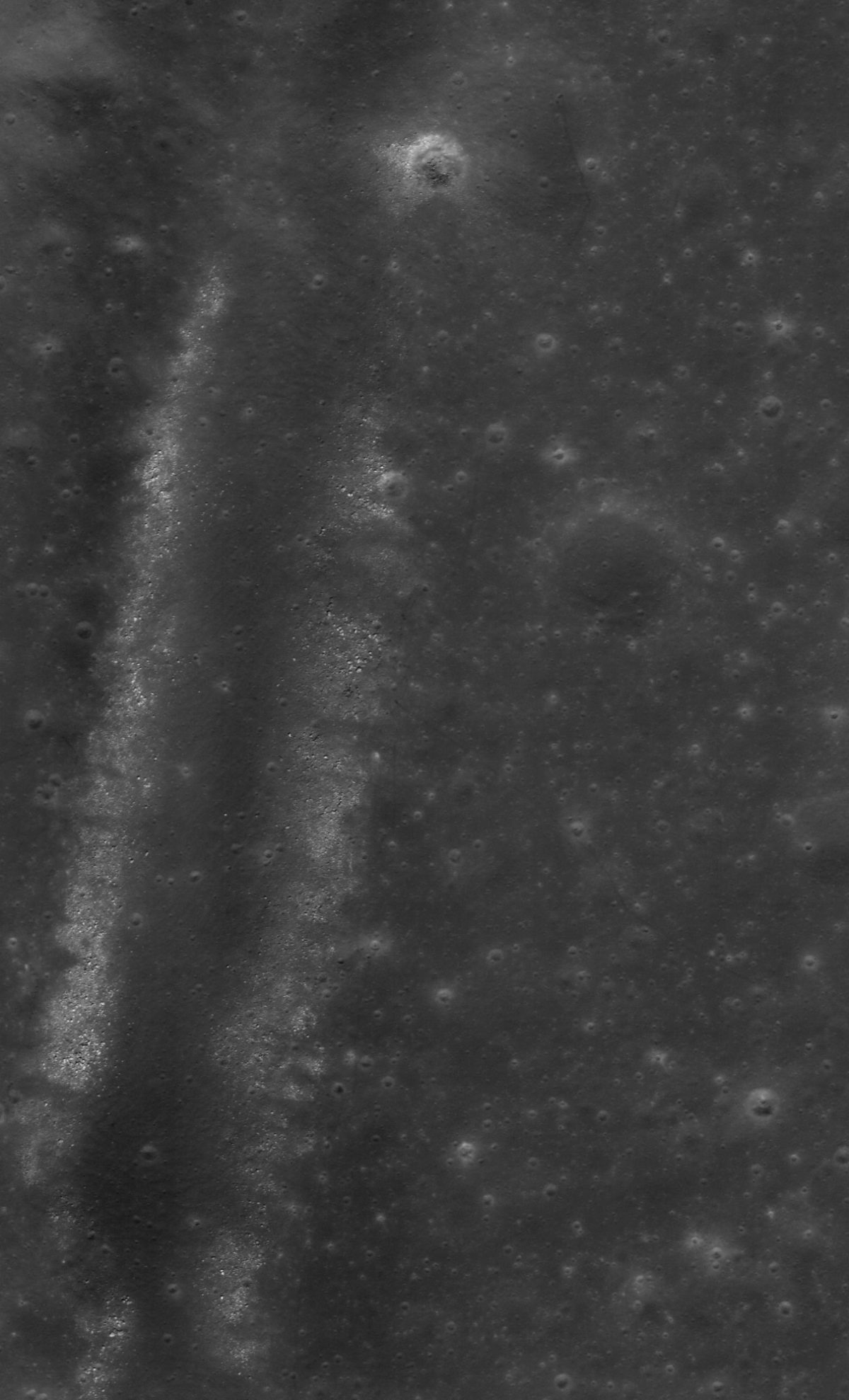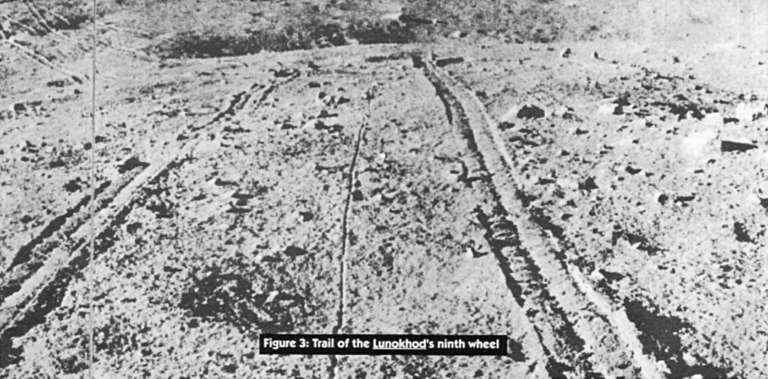Emily Lakdawalla • Mar 15, 2010
Soviet landers Luna 20, 23, and 24, plus the tracks of Lunokhod 2
Today is the bonanza day for Lunar Reconnaissance Orbiter: the first formal release of orbiter data happened this morning, including 10 Terabytes (that is 10 million Megabytes!) of camera data. I am in the middle of writing a lengthy post on that but was foiled in my attempts to finish it by demanding children and coworkers. Hopefully I'll finish tomorrow!
But I absolutely could not let the images below pass without posting them this evening: photos of Soviet hardware on the surface of the Moon, namely the sample return missions Luna 20, Luna 23, and Luna 24, plus a bonus: a preview of a bit of the Lunokhod 2 rover's 37 kilometers of tracks across the Moon. Lunas 20 and 24 were successful sample return missions. Luna 23 failed to return samples, having been damaged upon landing.
It's late and I haven't had dinner yet so I'll post these without much further comment except: Woo hoo! More hardware on the Moon!




Unlike the above images of the Luna landers, the view below, including a bit of a well-weathered sinuous rille, wasn't released by the Lunar Reconnaissance Orbiter team. This image was found, within that 10 Terabytes of data, by planetary cartographer extraordinaire Phil Stooke. They're a bit hard to see, but if you squint (and more importantly, if you enlarge the image), you can find the tracks of Lunokhod 2; this image even includes the area of the rover's final resting spot, though at the resolution shown here (I think roughly 2 m/pixel) I'm not convinced you can actually identify any specific pixel as being the rover. Still, rover tracks on another world!It thrills me when I see those on Mars, and it thrills me when I see them on the Moon. I am sure some or another amateur will have pasted together a view of these tracks as seen at Lunar Reconnaissance Orbiter Camera's full resolution within the next day or two!

It helps to locate the tracks if you have a Lunokhod 2 traverse map in front of you; Russia's Laboratory for Comparative Planetology has helpfully posted a section of Phil Stooke's Lunokhod 2 article from the International Atlas of Lunar Exploration that contains such maps. (The relevant map is on the 13th page of that PDF.) As Phil remarked today at unmannedspaceflight.com, it's clear now that his map is going to need some major revision! You may also enjoy attempting to compare the orbital view to some of the pictures from the complete archive of Lunokhod 2 panoramas.

Support our core enterprises
Your support powers our mission to explore worlds, find life, and defend Earth. You make all the difference when you make a gift. Give today!
Donate

 Explore Worlds
Explore Worlds Find Life
Find Life Defend Earth
Defend Earth




